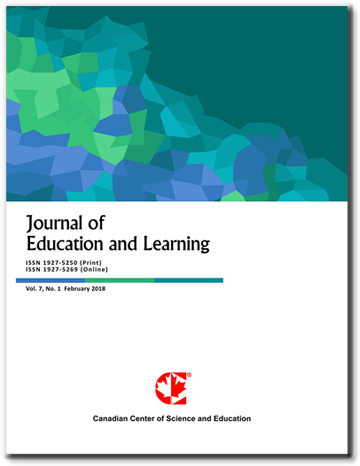Enhancing Learning Motivation of Transitional Students Through the ARCS Model in the Digital Era: A Case Study of Baise University
- Lijuan Yang
- Suwat Junsuwan
Abstract
This research aimed to: 1) investigate components of learning motivation of upgrading to college students in Baise University, 2) explore existing and desired conditions of learning motivation, and 3) design and assess an approach to develop learning motivation. The study employed three phases: Phase 1 involved 5 qualified informants to validate motivation components; Phase 2 included 5 experts to assess questionnaires and 301 upgrading students (30 for pilot testing, 271 for data collection); Phase 3 utilized 5 best practice individuals to design the motivation development approach and 5 experts to evaluate it. Research instruments included a 5-point rating scale questionnaire, interview forms, and assessment forms. Data analysis employed IOC, mean, standard deviation, and PNImodified. Results revealed five components of learning motivation: Knowledge value, Learning interest, Learning ability, Achievement attribution, and External influence. The existing motivation level was medium overall, with Achievement attribution and External influence at medium levels while other components were low. All desired conditions rated very high. Priority needs ranked from highest to lowest were: Knowledge value, Learning interest, Learning ability, Achievement attribution, and External influence. The developed approach using the ARCS Model consisted of 28 activities across four dimensions (Attention, Relevance, Confidence, Satisfaction) that addressed all five motivation components. Expert evaluation confirmed the approach’s high suitability and feasibility for developing learning motivation among upgrading college students.
- Full Text:
 PDF
PDF
- DOI:10.5539/jel.v14n6p211
Journal Metrics
Google-based Impact Factor (2021): 1.93
h-index (July 2022): 48
i10-index (July 2022): 317
h5-index (2017-2021): 31
h5-median (2017-2021): 38
Index
Contact
- Grace LinEditorial Assistant
- jel@ccsenet.org
